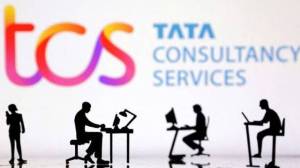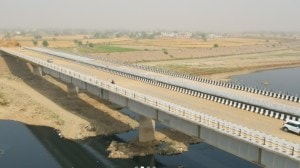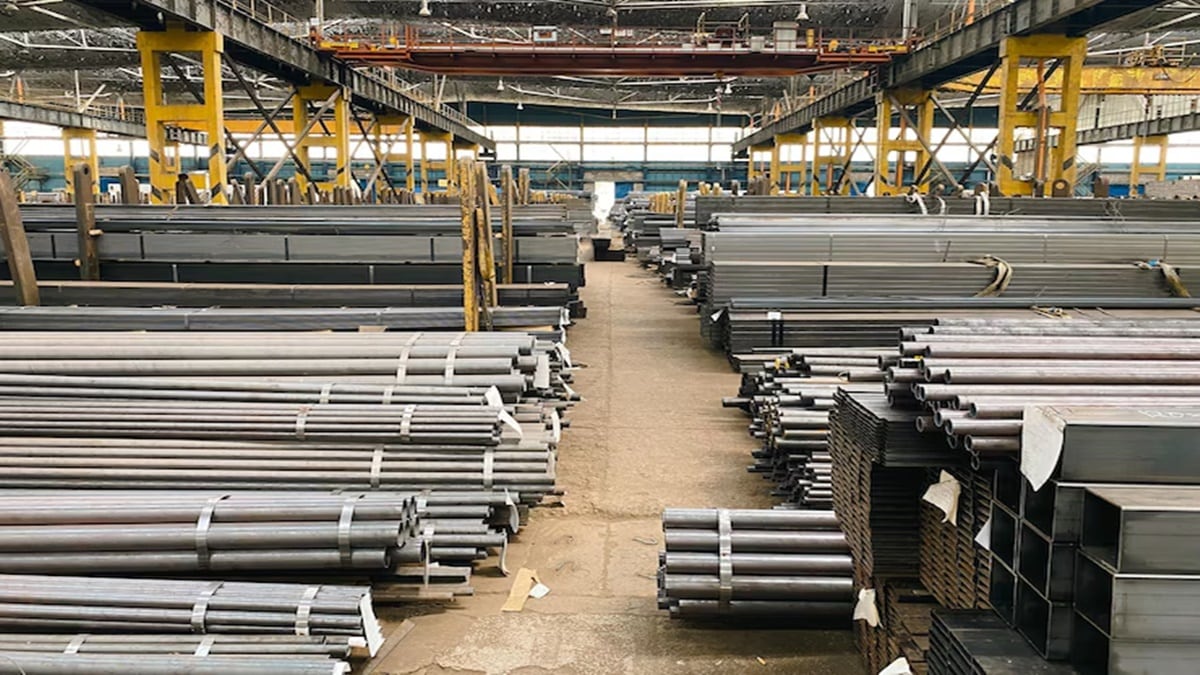By Dr. Vaibhav Kapoor
The year just gone by was in a way the watershed moment, particularly for the Indian healthcare industry. The year 2023 showed the resilience of the industry and its appetite for standing up to newer challenges and the zeal for innovation. This year, however, the impact on healthcare quality is poised to be substantial as technological advancements will continue to reshape the industry. Concurrently, emerging healthcare models will usher in an era of patient-centric and value-based care, while advanced surgical techniques are pushing the boundaries of medical interventions.
It is pertinent to mention that the Indian healthcare spending which stood at US$150 billion in FY20, is forecast to grow to up to US$300 billion by FY 2025, and around 70% of the healthcare spend (US$105 billion) is on in-patient care, which approximately 70,000 hospitals handle. Also, more than 70% of the inpatient care spending is led by surgeries.
There are an estimated 30 million surgical procedures carried out in India every year. Significantly, 85% of the surgeries take place in smaller and mid-size hospitals and only 15% in corporate hospitals. A recent study estimated an age-adjusted need for 3,646 surgeries per 100,000 Indian population per year and one-third of these surgeries would be needed for the age group of 30–49 years. Extrapolating from the above study, India needs nearly 50 million surgeries annually. The number of surgeries in high-income countries is estimated to be around 23,000 per 100,000 population.
Underutilization of Existing Health Care infrastructure and Health Care Professionals
India has its unique challenges. The occupancy rate of most mid-size and small hospitals (where 85% of surgeries are conducted) is around 30-35%. On one hand, there is a gap in the supply of beds, diagnostic infrastructure, and doctors and on the other hand, a large part of existing healthcare infrastructure is under-utilized. This makes it unsustainable in the long term. India currently has 1.3 hospital beds per 1,000 population and 0.65 physicians per 1,000 people. An additional 3 million beds will be needed for India to achieve the target of 3 beds per 1,000 people by 2025 and another 1.54 million doctors and 2.4 million nurses will be required to meet the growing demand for healthcare in India.
Rural-Urban Divide
80% of doctors and 75% of dispensaries serve urban India with 28% of the country’s population. In another report by NITI Aayog, about 60% of health facilities are concentrated in a handful of large cities across the country which means access to quality healthcare services is limited to only tier-1 cities. The highly skewed healthcare delivery infrastructure makes it difficult for patients and families to discover the appropriate hospitals delivering desirable levels of surgery and post-surgical care.
New age expectations of the patients and families
Patients have become more demanding, want to have greater access to information, and want to play an active role in their care. Healthcare organizations are now in a race to keep up with these patient expectations, which are continually heightened, thanks to the digital experiences that other industries have taught consumers to expect.
Opportunities in Secondary Care delivery
Necessity spawns innovation, and despite all the constraints, there are emerging models for healthcare delivery to provide affordable and quality care to the citizens.
Several other factors will be driving the growth including a growing middle class, accelerated adoption of digital technologies, including telemedicine, heightened interest from investors and increased FDI inflows, and some deep structural and sustained reforms by Govt of India to strengthen the healthcare sector.
In India, ambulatory surgery is still a new concept of modern surgical care. Organized delivery of standardized surgical care in the form of day cases is now an accepted norm in the specialties of Ophthalmology and ENT, but in others, still confined to minor OPD procedures.
Asset Light Health Care Service Delivery
An asset-light model healthcare provider reduces its capital expenditure and requirement for low investment for expansion. This enables a shift to value-based care, thus reducing the cost of healthcare delivery. Better patient outcomes and affordable costs, higher returns on investment for providers and insurers are estimated in this value-driven healthcare system, which will still include greater data-driven assistance for policymakers.
Improvements to medical infrastructure through technology-based optimization
Accessible healthcare facilities can turn out to be a blessing in disguise, particularly in Tier 2 and 3 cities where there are still shortages of medical professionals and services. This results in a lack of preventive treatment and a delay in response that causes catastrophic situations. People in Tier 2 and 3 cities already struggle to pay for the most basic healthcare services due to their unbalanced economic conditions. The use of these cutting-edge tech-based solutions for improving human life can be their optimal use, given the continual presence of technology in nearly everything around us.
Technological Advancements: Elective surgeries in 2024 benefit from cutting-edge technologies that enhance precision, reduce recovery times, and improve overall patient outcomes. The integration of robotic-assisted surgery, 3D printing for implants, and minimally invasive techniques has become increasingly prevalent. These advancements ensure higher success rates and contribute to a more patient-friendly experience.
Specialized Elective Procedures: The demand for specialized elective surgeries is rising, driven by a growing awareness of innovative treatments. Procedures such as laser eye surgery, cosmetic surgeries, and gender affirmation surgeries are gaining popularity. Patients seek procedures that cater to their specific needs, and the medical community responds with tailored elective surgery options.
Rise of Medical Tourism: India has long been a hub for medical tourism, and in 2024, elective surgeries will be a major contributor to this industry. International patients are drawn to India for its world-class healthcare facilities, skilled medical professionals, and cost-effective treatment options. The country’s healthcare infrastructure has positioned it as a preferred destination for elective surgeries, further boosting the medical tourism sector.
Patient-Centric Approach: With an increased focus on patient satisfaction and personalized care, healthcare providers are adopting a more patient-centric approach. From pre-operative counseling to post-operative care, elective surgery patients are experiencing a more comprehensive and supportive healthcare journey. This shift is enhancing patient outcomes and establishing a positive reputation for healthcare providers.
Digital Health Integration: The integration of digital health technologies is streamlining elective surgery processes. Telemedicine consultations, digital health records, and mobile applications for post-operative care are becoming standard practices. These innovations improve accessibility, convenience, and overall patient engagement throughout the elective surgery experience.
Regulatory Reforms: Ongoing regulatory reforms are shaping the elective surgery market in India. Stringent quality control measures, accreditation standards, and guidelines for healthcare facilities ensure a higher level of accountability. This, in turn, is fostering trust among patients and contributing to the growth of the elective surgery market.
Challenges and Opportunities: Despite the positive trends, challenges such as healthcare infrastructure gaps, accessibility issues, and disparities in healthcare quality persist. However, these challenges also present us with an opportunity for innovation, collaboration, and investment in the healthcare sector.
Conclusion: The elective surgery landscape in India for 2024 reflects a dynamic and evolving healthcare industry. As technology advances, patient preferences evolve, and regulatory frameworks strengthen, the elective surgery market is poised for sustained growth. With a focus on patient-centric care, specialized procedures, and digital health integration, India is solidifying its position as a key player in the global elective surgery market.
(The author is a Co-Founder, Pristyn Care, Chairman, IAMAI HealthTech Committee. Views expressed are personal and do not reflect the official position or policy of the FinancialExpress.com.)







